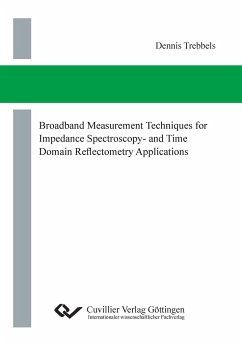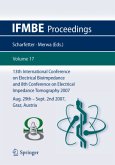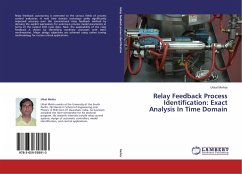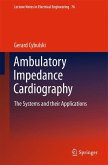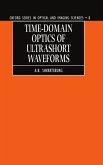The following thesis focuses on the application of broadband impedance measurements, often referred to as impedance spectroscopy, as well as similar measurement methods such as Time Domain Reflectometry (TDR). Broadband complex impedance measurements of a sample have been successfully conducted since about a century for obtaining characteristic frequency dependent electric and dielectric material properties. The condition of a sample can be determined based on measured data as well as suitable data processing methods and models. Potential practical applications for impedance spectroscopy are widely found in almost all areas of the daily life and include medical, biological, chemical, automotive, industrial, environmental, pharmaceutical and food quality applications. Although impedance spectroscopy is a well known scientific field with a huge amount of existing publications, there are only few real products based on this technology available today. Most scientific publications elaborate on the theoretical background and demonstrate the applicability of the method within many different applications. In most cases it can be observed that presented research results are based on measurements which have been conducted with expensive state-of-the-art laboratory equipment. The suitability of the impedance spectroscopy method is proven in many cases but mostly there is no resulting product available due to the high cost of the measurement equipment. In addition to the already studied applications there are still a lot of applications and problems where impedance spectroscopy could be used but which are not or not fully investigated yet. Many of these applications can be found in market segments where additional requirements exist such as miniaturization, low-power and battery operation and last but not least low cost.

